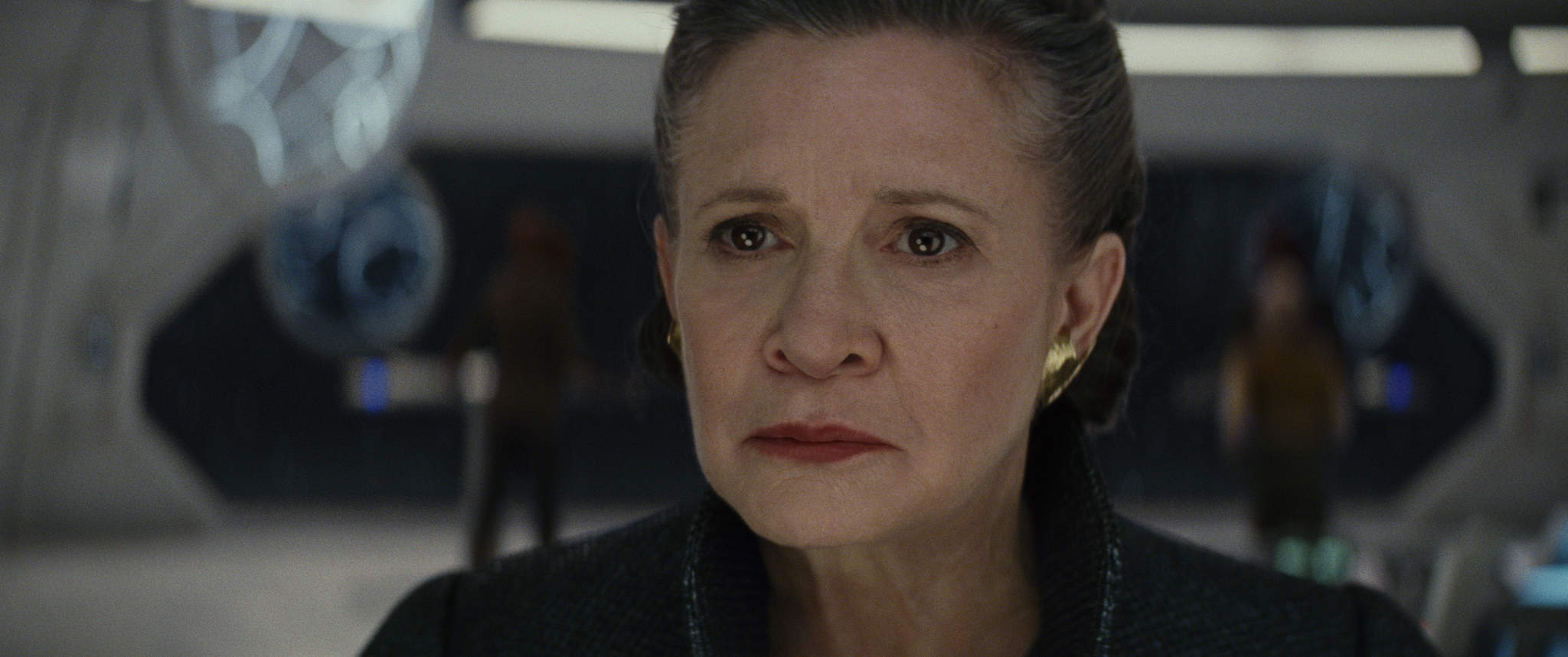
Several years ago, some time after Revenge of the Sith but well before any of the latest crop of Star Wars films were announced, I wrote a humorous open letter in which I broke up with my boyfriend, Darth Vader. Really it was a plea for the internet and fandom to drop its Star Wars obsession. This was because all I could see, as a former Star Wars enthusiast, was endless and overwhelmingly male worship of a franchise which should have died when Queen Amidala did. The prequels had killed Star Wars, I thought, and I was tired of seeing the corpse still twitching.
My reluctant impatience wasn’t cured by the announcement of new films, particularly because they were to bring back Luke, Han, Chewie and Leia. I saw that as an attempt to capitalise on what made Star Wars great in the first place, but I have never believed you can go back by revisiting characters.



